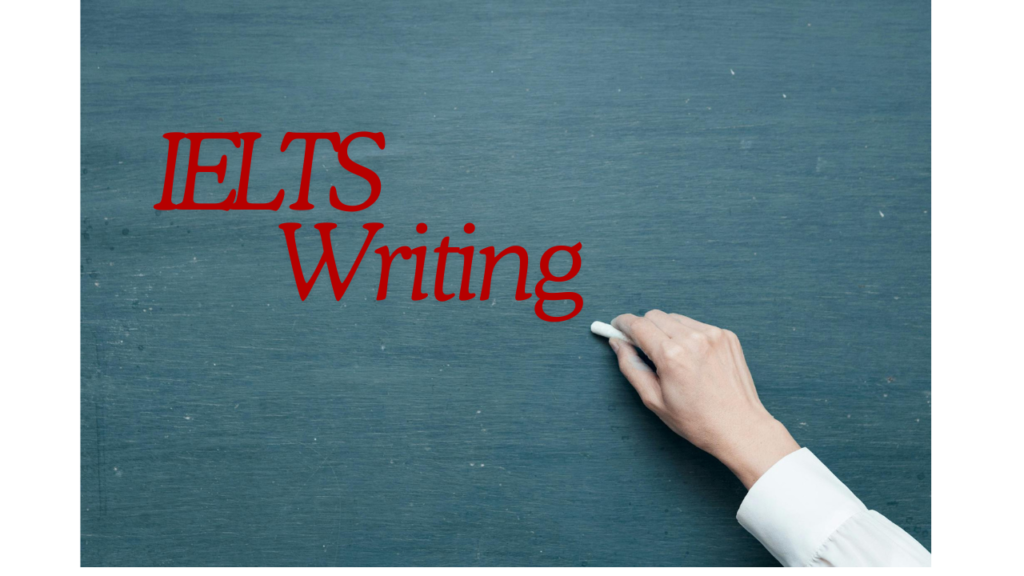Type of Questions in IELTS Writing
In the IELTS Writing test, you’ll encounter two tasks, each with its own specific type of question:
Task 1 (Academic):
- Graphs/Charts/Tables: You’ll describe and/or interpret information presented in visual formats, such as graphs, charts, tables, or diagrams.
- Process Diagrams: You’ll describe a process or sequence of events depicted in a diagram.
- Maps: You’ll describe changes or features in a map.
Task 1 (General Training):
- Letter Writing: You’ll write a letter in response to a given situation or request. This could include formal, semi-formal, or informal letters, such as letters of complaint, request, application, or invitation.
Task 2 (Both Academic and General Training):
- Essay Writing: You’ll write an essay in response to a prompt that presents an argument, problem, or point of view. This task requires you to present your opinion, evaluate ideas, discuss a topic, or provide solutions to a problem.
Within each task, the prompts may vary in complexity and topic, but the basic formats remain the same. It’s essential to understand the specific requirements of each task and practice writing essays and letters under timed conditions to effectively prepare for the IELTS Writing test. Additionally, familiarizing yourself with various essay structures and letter formats can help you organize your ideas and respond appropriately to the given prompts.

IELTS Writing Bands
IELTS Examiners use detailed assessment criteria which describe written performance at each of the 9 IELTS bands.
Examiners award a band score for each of four criterion areas: Task Achievement (for Task 1), Task Response (for Task 2), Lexical Resource, Coherence and Cohesion, Accuracy and Grammatical Range. Each criteria is worth 25% of your total writing band score, which is then averaged to give your final score out of 9 bands.
